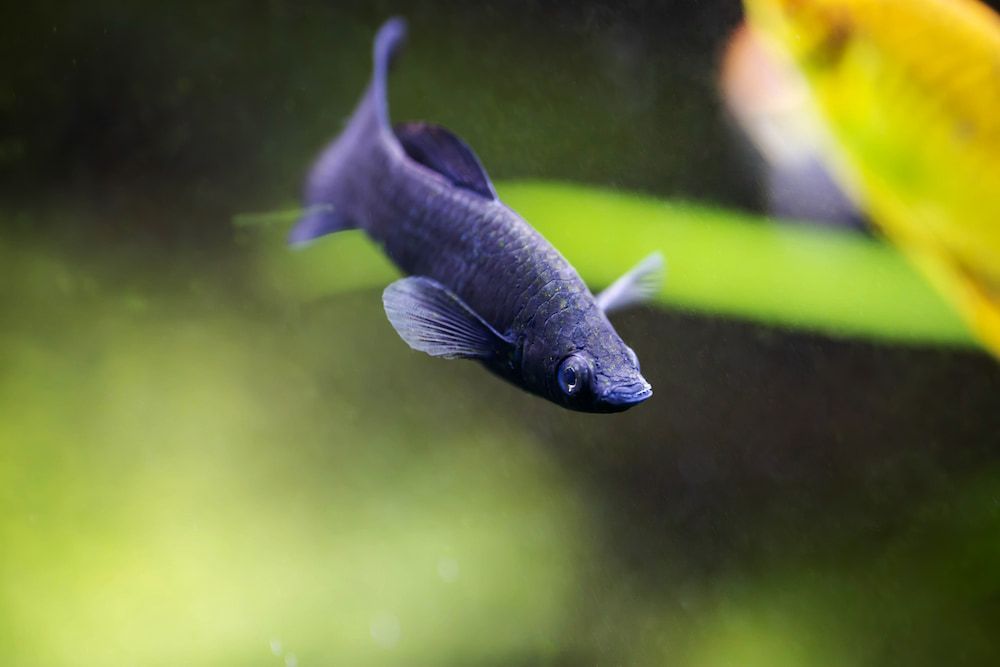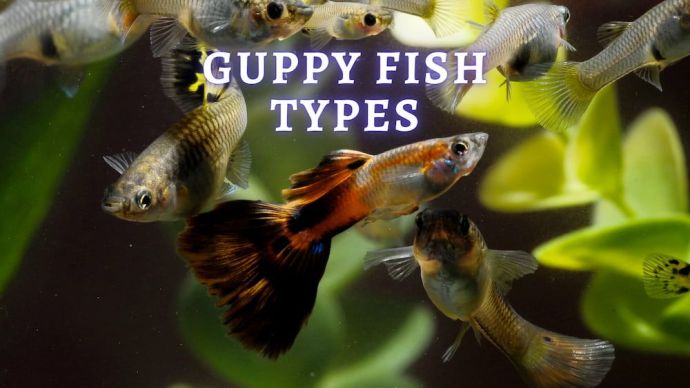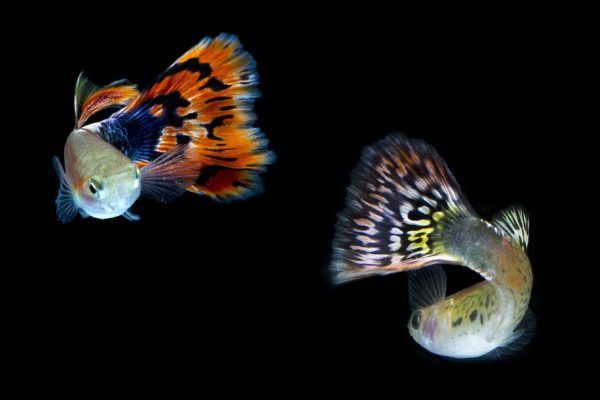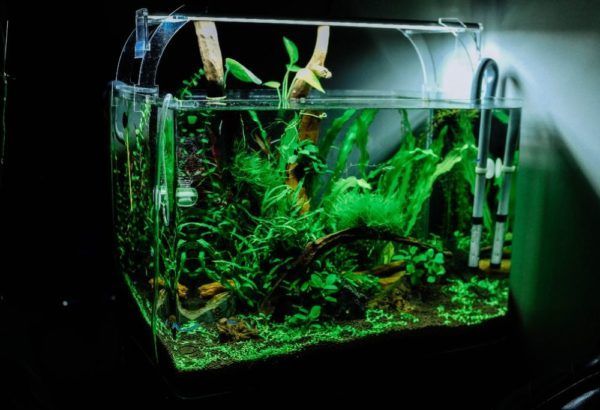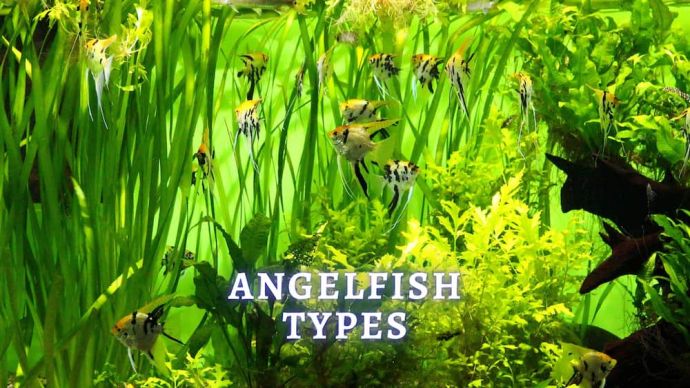Black Molly Care Guide: Tank Parameters, Diet and Breeding
Written by:
Author: Scott Jeffrey
Scott is a professional blogger with 12+ years of experience in writing, and holds an MA in anthropology. He has two cats as housemates. Also, Scott is passionate to research on pet-related topics such as dog training, puppy feeding, and cat health.
View all 63 articlesLearn about our editorial process and veterinary review board.
Viewed: 70
Updated on: 02/13/2023
Black mollies are becoming popular in aquariums worldwide due to their dark colors and easy maintenance. Originating from Central and South America, black mollies are a hybrid fish species created by mixing other members of the molly species family, such as the sailfin, short-finned and green mollies. As a result, this hardy fish has adapted well to captivity and thrives in most home aquariums.
In addition to black molly darker colors and diverse markings, black mollies are also known for their peaceful nature and ease of care. They are from the Poeciliidae family, which also includes guppies and platies. They can be kept with other species as long as there is plenty of space for all the fish to swim freely. When properly cared for, these small freshwater creatures can live up to five years in a well-balanced home aquarium. They are adaptable fish that require very little to thrive but need regular water changes to keep their environment free from toxins.
Black mollies make an excellent choice of pet as they are low-maintenance, lively, and won’t take up too much space as some other fish tank inhabitants may do! With proper care and attention, these unique little fish will add character, fun, and life to any home aquarium.
Healthy vs Sick Table Comparison
| Healthy | Sick |
| Exploring tank | Not eating regularly |
| Healthy fins and swims easily | Remaining in the same place |
| Strong colors | Having buoyancy difficulty |
| Good appetite | Staying near the surface and mouthing for air |
| Well-proportioned without the bloat | Color begins to fade |
| Fins begin to fray | |
| Bloating |
Tank Conditions For Black Molly Fish
Black molly fish are freshwater fishes that can survive in brackish water, making them an excellent option for home aquariums. They are very social fish and need to be kept in a ratio of three females per male to keep stress levels at a minimum. To ensure their health and happiness, the tank should have at least 20 gallons with temperatures between 70-80 degrees Fahrenheit. When these conditions are met, black mollies will thrive within an aquarium environment and bring life and character to any home.
Water Parameters and Temperature
The water temperature should be between 70-80 degrees Fahrenheit and be alkaline heavy water conditions. A pH rating of 7.5-8 is often best for these fish. Black mollies are not suited for brackish water, so their environment should remain salt-free though they can survive.
Regular water changes with a de-chlorinator must be done to keep the tank clean and healthy. You will need to clean your tank at least once every two weeks and more often if the tank is heavily populated. Keep the environment consistent and always climate your fish before they go back into the tank.
Filtration
Most filters will work well for a black molly, but an external filter is usually recommended. The right filter will help maintain optimal water conditions and reduce the risk of disease in your tank. Make sure you keep a maintenance schedule to ensure your filter stays clean and efficient so it can do its job correctly.
Many aquarium enthusiasts recommend a canister filter as it is the best way to keep your tank clean without disrupting the environment. Hang-back style filters also make it easy to ensure your water surface is not disrupted. Black Mollies seek food near the top of the water when they see the surface has been disturbed.
Lighting
Artificial lighting is usually best for a black molly, as natural light will cause fluctuations in the temperature of your tank. It would be best if fish keepers avoid direct sunlight to prevent overheating in your aquarium. A soft white or blue light is usually best for these fish and can help bring out more of their coloring and scale patterns.
Artificial lighting is often best if you have natural plants in the tank. The added heat and contaminants from sunlight can encourage algae growth, placing extra strain on your tank ecosystem.
READ MORE: Best LED Aquarium Lighting For Plants
Decoration
Black Mollies are fish that love plants and extra hiding spaces for their privacy across a tank environment. If you introduce more plants to the tank, you can add an extra layer of security for the fish and make a black molly feel more at home.
Aquatic plants, such as Java Moss and Anubias, should be introduced to the tank in small clumps rather than one large section. This will provide plenty of places for your mollies to hide, explore and relax without crowding too closely. Amazon sword, hygrophilia, and other plants suited to less salty water are also recommended for black mollies and are readily available at most aquarium supply stores.
What Do Black Mollies Eat?
Black mollies in the wild would have a varied diet, but in the home aquarium, their needs can be met with a balanced diet that includes fresh vegetables and high-quality flake food. They are primarily algae eaters, which is good news if you have natural plants or if your tank has been prone to algae growth. Introducing these fish will ensure you don’t have to worry about too many algae in the tank.
Black molly fish are often hungry and will exhibit food-seeking behavior and take out any of the algae you have in the tank. They are omnivorous and will eat a wide range of invertebrates in the wild and plant matter. Green vegetables like peas or chopped zucchini should be given to them once or twice a week to supplement their diet. For variety and enrichment, live food such as brine shrimp and bloodworms should also be introduced from time to time.
It’s important to feed your fish in moderation, as overfeeding can lead to health issues like obesity and bloating. It is best to provide them with a consistent feeding schedule and monitor their condition to ensure they are getting enough food.
How To Sex Black Molly Fish
Sexing a black molly fish is not easy as they are quite similar in appearance. However, it can be done if you look closely at the fish’s colors, size, and fin proportions. The female black molly fish is always larger than the males, and the males can be picked out by their back fin. The males have a gonopodium or hooked fin that serves as the fin to hook onto the black molly female to fertilize their eggs. If you spot a Black Molly that is smaller than others with a pronounced hook fin near its back, it is likely a male.
READ MORE: Tropical Community Fish Tank
Breeding Black Molly Fish
If you want Black mollies in other fish tank setups throughout your home or breed them, it is best to start with a large enough aquarium. A breeding tank of at least 20 gallons should be used, and it should include plenty of places for the fish to hide and explore.
The breeding process can vary depending on the tank setup but usually requires you to add plants or decorations around the tank that will give them areas for privacy. A 3 female to one male ratio is best as male mollies can be aggressive with their breeding habits. A female molly will show signs of pregnancy when they have a dark gravid spot near its anal fin. A drastic increase in size can also indicate that they are carrying fry.
If you have a welcoming environment, with enough space for each fish and plenty of places for them to feel comfortable, you may spot molly fry in your tank within a few months. Breeding black molly with female molly fish is repeatable when you master the process as fish keepers.
Some breeders keep a second tank available during the breeding process to remove the full-growth mollies from the tank as soon as they spot the fry. As the fish will prey on the young molly fry, it is essential to take precautions and ensure they are safe. Removing all fish but the pregnant fish you have identified can help you keep more fry. It’s also wise to remove the mother after the fry is born. As black molly fishes are so food motivated, it can be tough to stop them from eating their young.
Adding a small air-driven sponge filter in this tank is also beneficial to ensure plenty of oxygen available for the fry. Keep the plants and hiding spots available for the young fish as they grow, and feed them plenty of high-quality flaked fish food. Feeding them multiple times daily with baby brine shrimp or ground-up flaked food will help them grow quickly.
READ MORE: How to Get Rid of Diatom Algae?
Black molly health concerns:
The black molly is a reasonably low-maintenance fish to care for, but it can have an easily compromised immune system if diseases or sicknesses are brought into the tank. Common health problems they may develop include ich, bacterial infections, parasites, and fin rot. These black molly diseases are often treatable if you keep watch on the tank for infected black molly. To prevent this from happening, it is crucial to keep up with regular water changes and maintain the water quality in the tank. If you spot any of these symptoms on your fish, be sure to quarantine them immediately and seek advice from a veterinarian or store specialist for timely treatments.
Black Molly Suitable Tank Mates
Black molly fish get along with most other peaceful species. Some of the best tank mates for black mollies include other small livebearers like guppies and plays, danios, tetras, barbs, and corydoras catfish.
When choosing tankmates for your fish, it is essential to understand their behavior and attitude in the tank. Some species of fish, especially those with flowing fins, maybe more stressed or harassed by mollies due to their active swimming behavior or fin-nipping tendencies. It is always best to research the other species you are considering adding and ensure they will fit in well with your black molly fish.
It is also important to keep plenty of space for your mollies to swim around, as they are active and curious fish. A 20-gallon tank should always be the minimum size when keeping molly fish with other species. This will help reduce aggression and give them enough space to move around. Male black mollies will also display aggression towards other males of the same species or similar-looking fish, so it is essential to keep a close eye on their interactions. Keeping primarily female mollies or a single male with multiple females is often recommended. This setup can help reduce aggression significantly.
RELATED ARTICLE: What Freshwater Fish Eat Algae?
People also ask
How many black mollies should be kept together?
Keeping multiple black mollies together is best done in an aquarium of at least 20 gallons. The ratio should be three females to one male, as males can be aggressive with their breeding habits. Providing plenty of hiding places and decorations for the fish to explore and feel secure in their environment is also important.
How big do black mollies get?
In the wild, a black molly can grow up to 3-4 inches long, but in captivity, they usually reach 2-3 inches in size. Their size will often come down to their tank size and feeding conditions. Female black molly grows larger than males, and monitoring the black molly diet will prevent your fish from experiencing bloat.
Do black mollies need other fish?
Black mollies are friendly creatures, but they aren’t fish that require tank mates. They can often be seen exploring and playing on their own. However, if you add other fish, ensure they are peaceful species that will not harass or grow aggressive toward your mollies. It is also essential to keep a close eye on any male mollies as they may display aggression towards one another or similar-looking species.
How do you take care of black molly?
Always give them time to acclimate to their tank, as sudden changes can cause stress and lead to illness. Please provide them with a well-oxygenated environment with lots of hiding places and decorations, which will help make them feel secure. Feeding them high-quality flaked fish food multiple times daily is essential for their health.
 Freshwater Fish The Best Freshwater Aquarium Fish: TOP-15 Freshwater Fish for Fish Tanks
Freshwater Fish The Best Freshwater Aquarium Fish: TOP-15 Freshwater Fish for Fish Tanks - 126
- 0
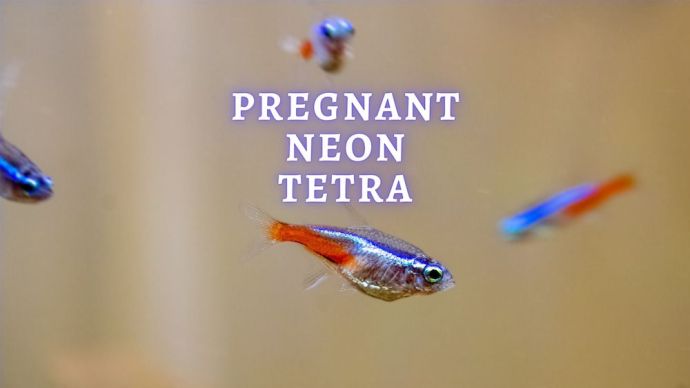 Freshwater Fish Pregnant Neon Tetra: Everything You Need to Know About Neon Tetra Breeding
Freshwater Fish Pregnant Neon Tetra: Everything You Need to Know About Neon Tetra Breeding - 637
- 0











